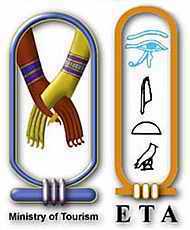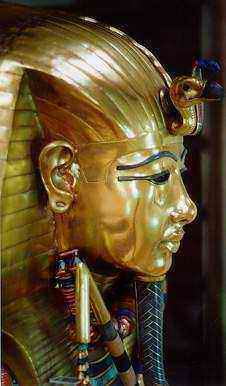The
History of the Nile River
The Nile River, longest river in the world, located in northeastern Africa. From its principal source, Lake Victoria, in east central Africa, the Nile flows north through
Uganda, Sudan, and Egypt to the Mediterranean Sea, a distance of 5584 kilometers (3470 miles). From its remotest headstream
in Burundi, the river is 6,695 kilometers (4,160 miles) long. A traditional
Nile river cruise start and end in either Aswan or Luxor (embarkation points) covering a distance of 200 kilometers. To view a map of the Nile cruise route click here.
The river basin covers an area of more
than 3,349,000 sq kilometers (more than 1,293,000 square miles). In pre-historic times, primeval forests covered the river
banks when the river was a vast swamp composed of rushes, papyrus, and weeds. However, due to thousands of years of human
intervention, the Nile throughout Egypt flows peacefully through green fields - looking much like a rich, well cultivated European plain.
The Delta, an area of about 10,000 square miles, is a broad swamp intersected by canals. The Mediterranean Sea influences this region bringing a regular winter rainy season. The Upper Nile valley is one great waterway, with insignificantly small irrigation canals scattered along its length. It is much
drier than the Delta, with little to no rain. The lack of seasons makes it much easier to cultivate the land in the Upper Nile. Thus it was cultivated first and is much less swampy than the Delta, which is still being converted
into arable land.
In Luxor cross the West Bank to the Necropolis of Thebes and Oris, God of the underworld.
Venture into the tomb of the Boy King Tut-Ankh-Amun. En-route at Esna, visit the recently excavated temple of god Khnum and
then stop over at the Temple of Horus built in commemoration of the battle between Horus and his brother Set. Further down the river the Temple of Kom
Ombo is dedicated to
the crocodile and healer gods. At Aswan wrap up the journey with a ride in a lateen-sailed felucca and
a visit to the Temple of Philae dedicated to the Goddess Isis.















